How to Build a Better Homemade Face Mask, According to Science
When Covid-19 hit, Smithsonian researchers set up makeshift home laboratories to conduct groundbreaking studies on mask fabric materials
/https://tf-cmsv2-smithsonianmag-media.s3.amazonaws.com/filer/bb/a8/bba8985f-0c81-467c-95d1-87e9775cebf5/gettyimages-1218258434.jpg)
Before the Covid-19 pandemic brought research to a halt, Edward Vicenzi and Jamie Weaver usually studied very, very old things.
Vicenzi, a research scientist at the Smithsonian’s Museum Conservation Institute (MCI), uses elaborate microscopes to examine rare items from Mesoamerican obsidian to medieval metal textiles. And in addition to her full-time job as a chemist wielding state-of-the-art nuclear analysis technologies at the National Institute of Standards and Technology (NIST), Weaver researches the chemical durability of pre-Viking Swedish glass through a research appointment with MCI.
But one year ago, stuck at home without access to their laboratories, Vicenzi and Weaver wondered how they could help. Around the same time, a number of international organizations put out calls for researchers to study fabric face masks, which health officials cited as an affordable, effective way to slow the spread of the deadly virus.
Two of their colleagues at NIST who study aerosols in Earth’s atmosphere, James Radney and Chris Zangmeister, got wind of the pair’s burgeoning research project and reached out. By May 2020, the four scientists teamed up to investigate the effectiveness of fabric face masks.
Theirs was the sort of unlikely alliance that only emerges in moments of crisis, Zangmeister says. “We felt this strong desire to help out in some way. It was almost like a duty,” Vicenzi recalls.
After revealing in June 2020 that cotton flannel fabric makes the best homemade masks, the team now reports that moisture in our breath may actually make cotton fabrics more effective over time, according to their new paper published last week in the journal ACS Applied Nano Materials.
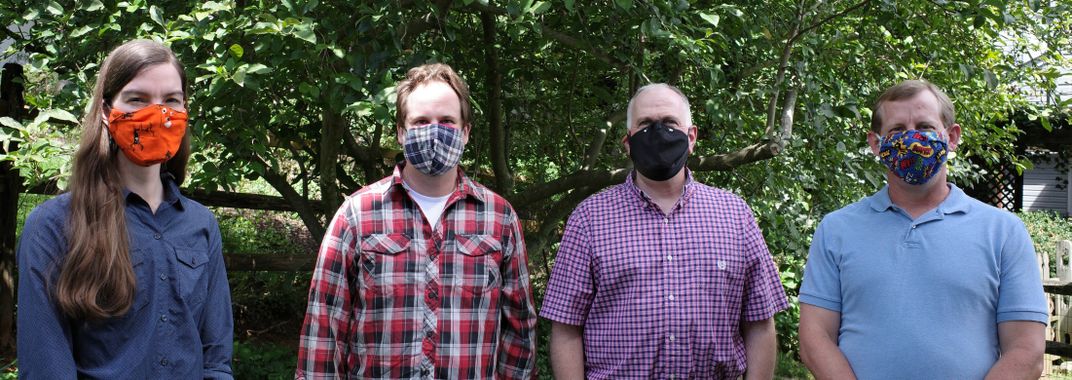
Working from Home
Figuring out where to start was tricky because few papers about fabric face masks had been published since the 1918 influenza pandemic. “So, we were referencing these 100-year-old papers,” Zangmeister notes. “It was really crazy.”
But they had to start somewhere, so Vicenzi and Weaver purchased microscopes from Walmart for less than 30 dollars apiece to evaluate how well homemade masks protect against the virus. At home, the scientists began to compile close-up images and measure various attributes of their fabric samples—metrics such as porosity, thread count, thread thickness and composition—to help the team understand how they function as shields against small particles.
The team tested medical-grade N-95 masks, but they also studied materials that people might have lying around at home. As it happens, Weaver hails from five generations of 4-H quilters and originally studied textile conservation, so she had a bank of expertise that proved essential. She used her grandmother’s heirloom sewing machine and helped the team collect fabric samples from her families’ textile collection as well as commercial arts and craft stores.
As the months of lockdown wore on, Weaver and Vicenzi also engineered their makeshift home laboratories. Starting with their cheap store-bought microscopes, they slowly upgraded with what they could score on the Internet. (They both now have collections of about six microscopes each. “We’re nerds that way,” Weaver laughs.)
Vicenzi rigged up a low-tech humidifier using a Styrofoam beer cooler, which holds fabrics sealed in place with duct tape. He also invested in a higher-magnification microscope that can see features that measure as small as two millionths of a meter—similar to a miniscule fraction of a human hair.
“It’s not close to what I can get at Smithsonian. But they’re not bad for home microscopes,” he says. That is, unless someone is running the clothes dryer in the next room over. “Then it shakes too much” to get a clear image, Vicenzi adds with a laugh.
Meanwhile, Radney and Zangmeister got special permission to work in their lab. About 4,000 people work on NIST’s sprawling Maryland campus in non-pandemic times, but last spring, Radney, Zangmeister, a handful of vaccine researchers and the security guards were the only people working on the eerily quiet campus. That spring, the pair would travel back and forth across the Washington, D.C. area between Weaver and Vicenzi’s homes to drop off bags of sample fabrics—all socially distanced, thanks to a system designed by Weaver.
At NIST, Zangmeister says they basically used “a very fancy squirt bottle” to shoot different sizes of small particles or aerosols, ranging in size from 50 to 825 nanometers, through fabrics in an enclosed tube. They would then measure the ratio of particles on either side to determine each fabric’s effectiveness as a filter. The researchers used sodium chloride (NaCl) as a substitute to model the SARS-CoV-2 virus, which causes Covid-19.
What They’ve Learned (So Far)
When a scientific paper is completed, it could normally take a year—or more—to publish while undergoing the peer-review process. But many groups studying Covid-19, including Vincenzi, Weaver, Zangmeister and Radney, received special permission from journal editors to fast track their results for publication.
When the team published their first paper in ACS Nano in June 2020, it made major waves. To date, it’s been viewed more than 57,000 times, making it one of the journal’s most-trafficked papers of last year. For a group of researchers who typically publish for niche academic audiences, the publicity was surprising. (Some of the images in that first paper were taken on their cheap store-bought scopes, Weaver adds.)
Crucially, the four researchers’ findings supported what the Centers for Disease Prevention and Control and other public health experts had been saying: people should wear face masks to protect themselves and others. The team found that the N-95 mask far outperformed other kinds of masks at preventing the transmission of aerosols.
For those who can’t access medical-grade materials, the researchers tested 32 cloth fabrics and found that 100 percent cotton flannel masks filtered particles most effectively. Adding an extra layer or two—especially a HEPA filter, coffee filter or any other kind of material designed to catch tiny particles—can also greatly increase the mask’s capability as a filter.
After researching face masks for a year, Weaver says she sews her “own masks with cotton flannel, and I do three layers, with a nose piece to keep it secure. That’s my personal preference.”
The researcher’s second paper, published last week in ACS Applied Nano Materials, addresses a question raised by their first: how does moisture created by one’s breathing affect a mask’s efficacy?
As Zangmeister explains, the breath we exhale is about 100 percent humidity. In other words, it produces an environment comparable to being in the Amazon rainforest in the middle of the day, Vicenzi says. Because synthetic plastic fibers, such as those that make up the N-95 mask, are largely hydrophobic, they don’t absorb water.
But cotton fabric is hydrophilic, so that the molecules that make up the material are attracted to water. As the fibers absorb water, they grow marginally thicker. Likewise, aerosols soak up water and swell in size when they collide with the damp fibers, making it harder for them to squeeze through any remaining gaps.
“If you can imagine an insect buzzing around and hitting a fly trap, he just hits the surface and sticks there,” Vicenti describes. Similarly, in the sticky, humid environment of a person’s cotton mask, particles balloon in size and get trapped in between the swollen cotton fibers.
This finding does not mean you should dunk your cotton masks in water before leaving the house, Vicenti adds. But as you wear your cotton mask around the grocery store, it will become marginally more effective over time—a “kind of bonus,” he adds.
Masks Under the Microscope
To grasp their findings, it also helps to study Vicenzi’s stunning close-up images of the fabric, most of which he took himself with his makeshift home setup. (He also enlisted Scott Whittaker from the Smithsonian’s National Museum of Natural History to collect a few 3-D images of fabrics, using a technique called X-ray computed tomography, or CT scanning.)
“Ed [Vicenzi] is really an artist,” Zangmeister says. “It’s really hard to get pictures like that.”
As the images reveal, how a mask functions comes down to its form. A synthetic fabric like polyester, for instance, is composed of orderly fibers that have been extruded and processed to lie smooth and flat. This pattern probably works to its disadvantage as a filter, Vicenzi notes, because the orderly weave leaves spaces for some aerosols to slip through.
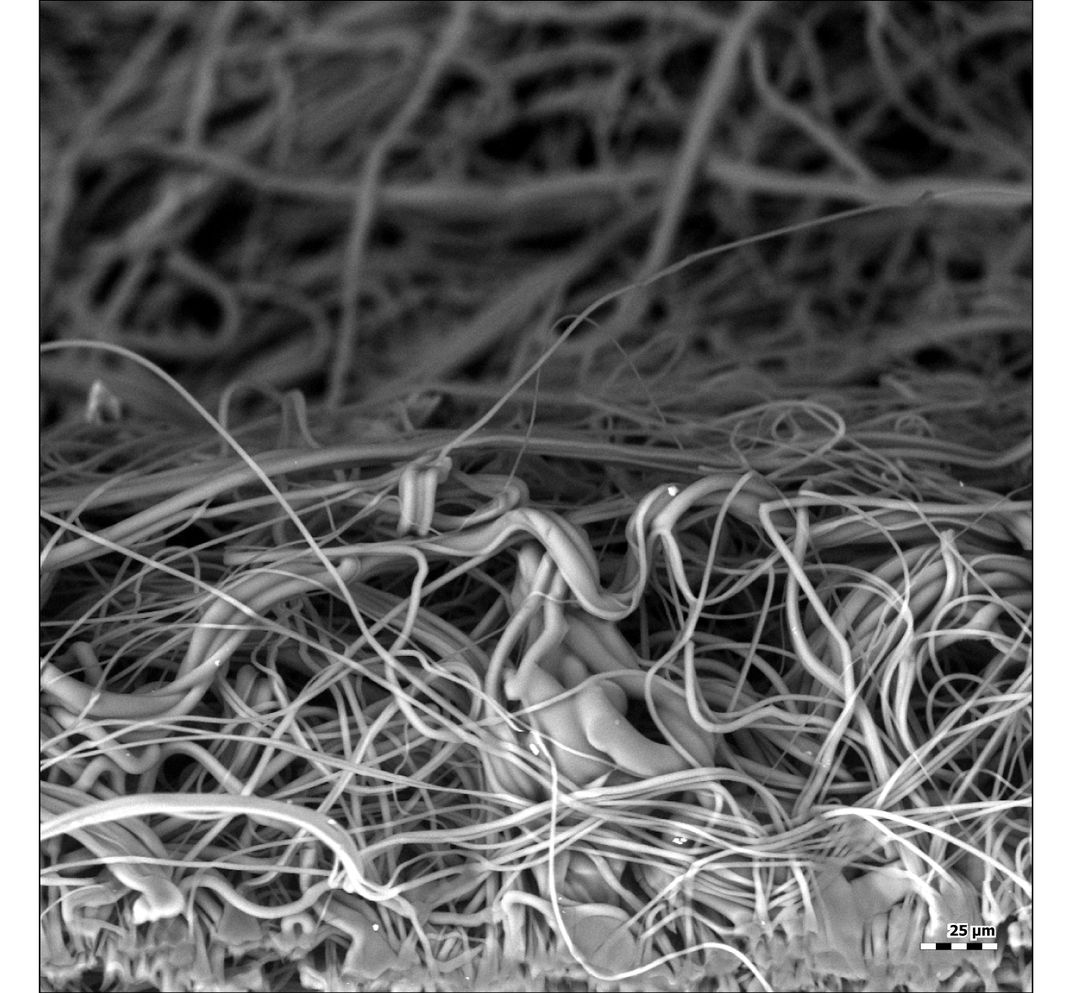
On the other hand, since innovator Sara Little Turnbull first debuted the design in 1958, the N-95 has been engineered to trap 95 percent of aerosols in the size range of SARS-CoV-2 virus particles. (Each individual particle of the virus measures about 110 nanometers in diameter; however, Zangmeister notes, an infected person will breathe out clumps of the virus encapsulated in proteins and salts that can measure up to a micron or two.) An industrial process called melt-blown extrusion warps the N-95’s plastic fibers, so that strands of all different thicknesses jumble together in a chaotic mixture of different shapes and textures. This tangled mess makes it harder for aerosols to pass through.
Cotton flannel, which the team found was the best widely available fabric to use in a homemade mask, falls somewhere in between the N-95 or polyester in terms of texture. While many of its fibers are woven in patterns, these fibers are highly irregular. Because of the way cotton flannel is produced, bundles of its fibers will jut out onto its surface in what’s called its “nap,” the raised, fuzzy surface that gives the cloth its soft feel.
Researchers suspect the nap helps trap more particles, in the same way an N-95 might.
“That cotton flannel is an analog, in the textile world, of the engineered chaos that we see in the N-95,” Vicenti says.
The Next Pandemic
As Vicenzi notes, the stakes for this research are high. Epidemiologists have found that even a small improvement in the quality of people’s everyday masks makes an enormous difference in the rate of viral spread.
And although the team plans to scale back their research this year, as things—hopefully—begin to normalize, they’re planning to answer some lingering questions about masks in future studies. For instance: how does the repeated washing of a reusable mask influence its effectiveness as a filter? And what’s the most effective material and shape for a mask insert? These kinds of questions will influence how everyday people respond to the ongoing Covid-19 pandemic, as well as the pandemics to come.
In a year of grief and immeasurable loss, Zangmeister reflects, he hopes the story of scientists working together presents a tiny bright spot. “I think this is kind of a story that’s happened all across science in the last year,” he muses.
“It takes all kinds of people to drop what they’re doing to [conduct Covid-19 research],” he adds. “At the end of this pandemic, we hope that people can say that scientists came together to learn a lot of things really, really quickly. It’s a cool story.”
/https://tf-cmsv2-smithsonianmag-media.s3.amazonaws.com/accounts/headshot/nora.png)


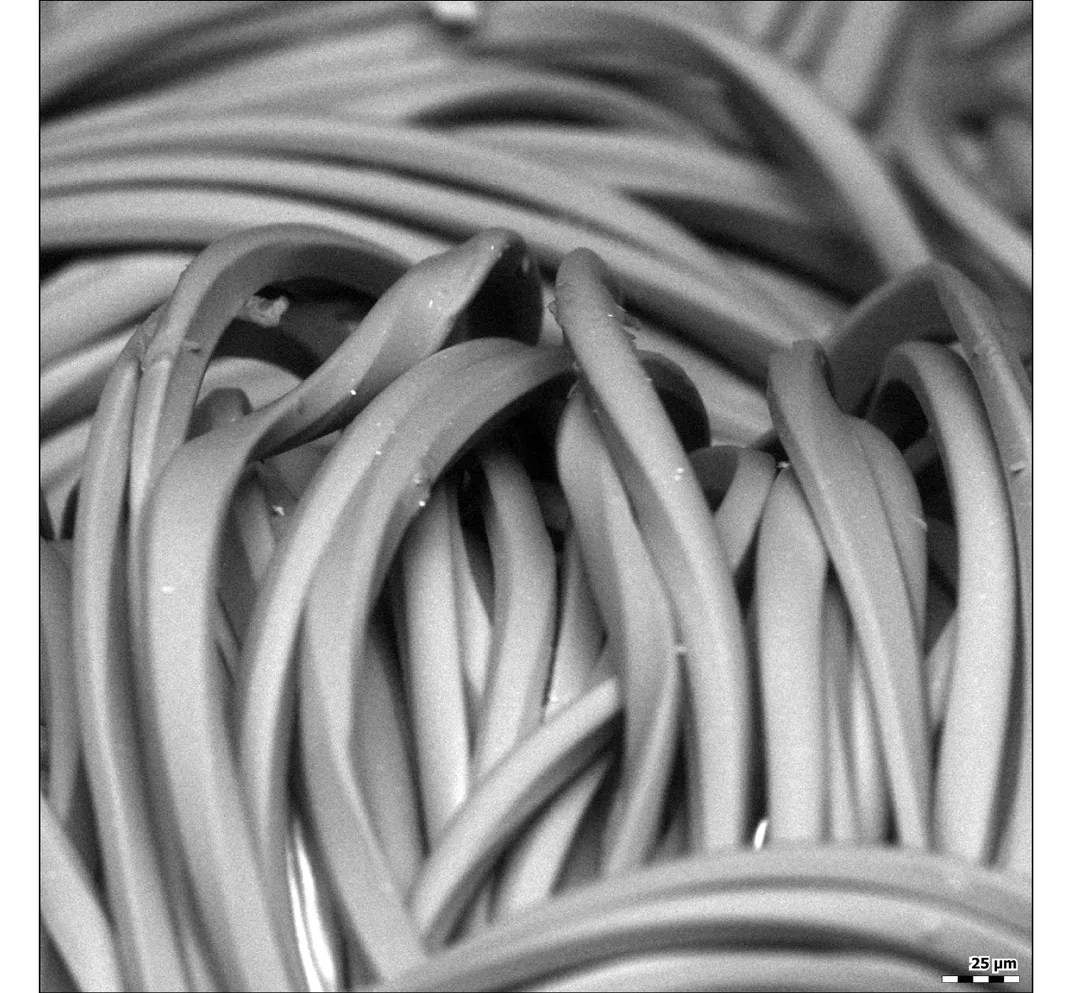
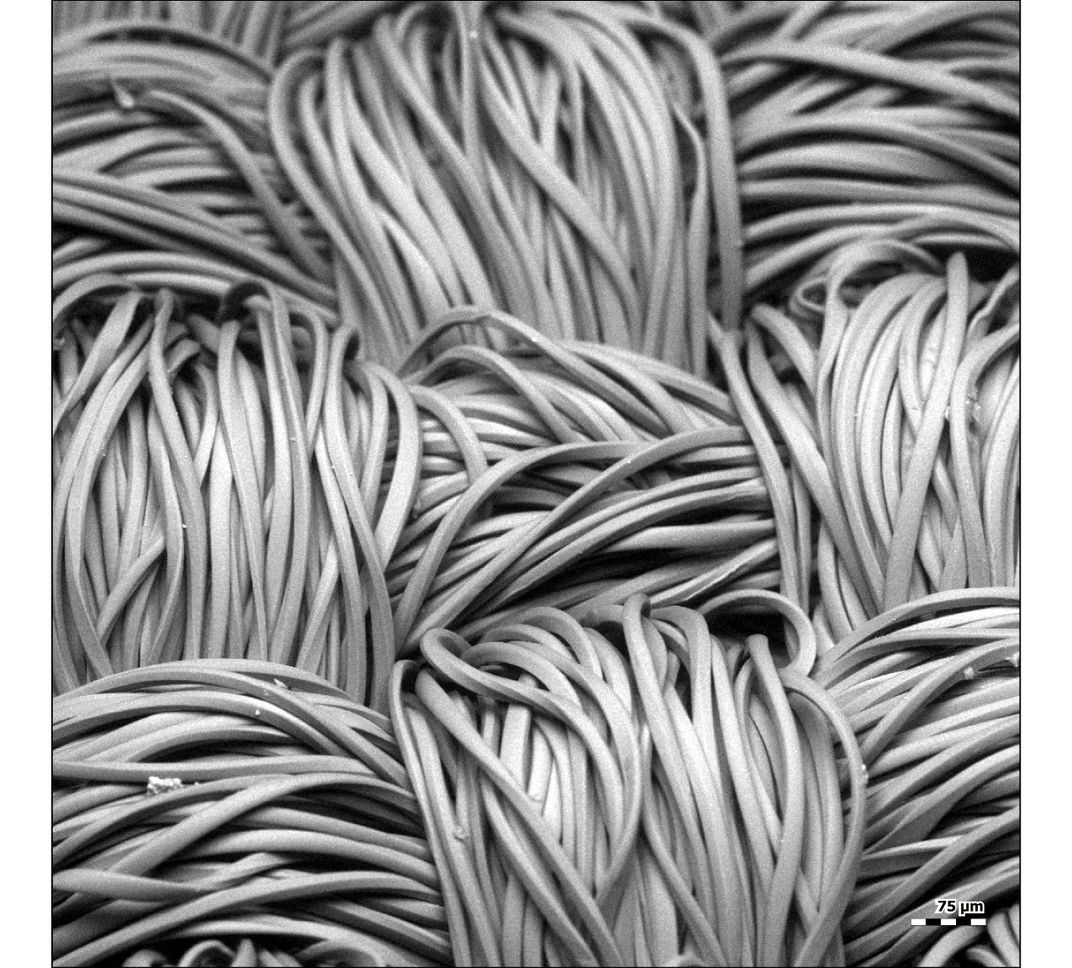
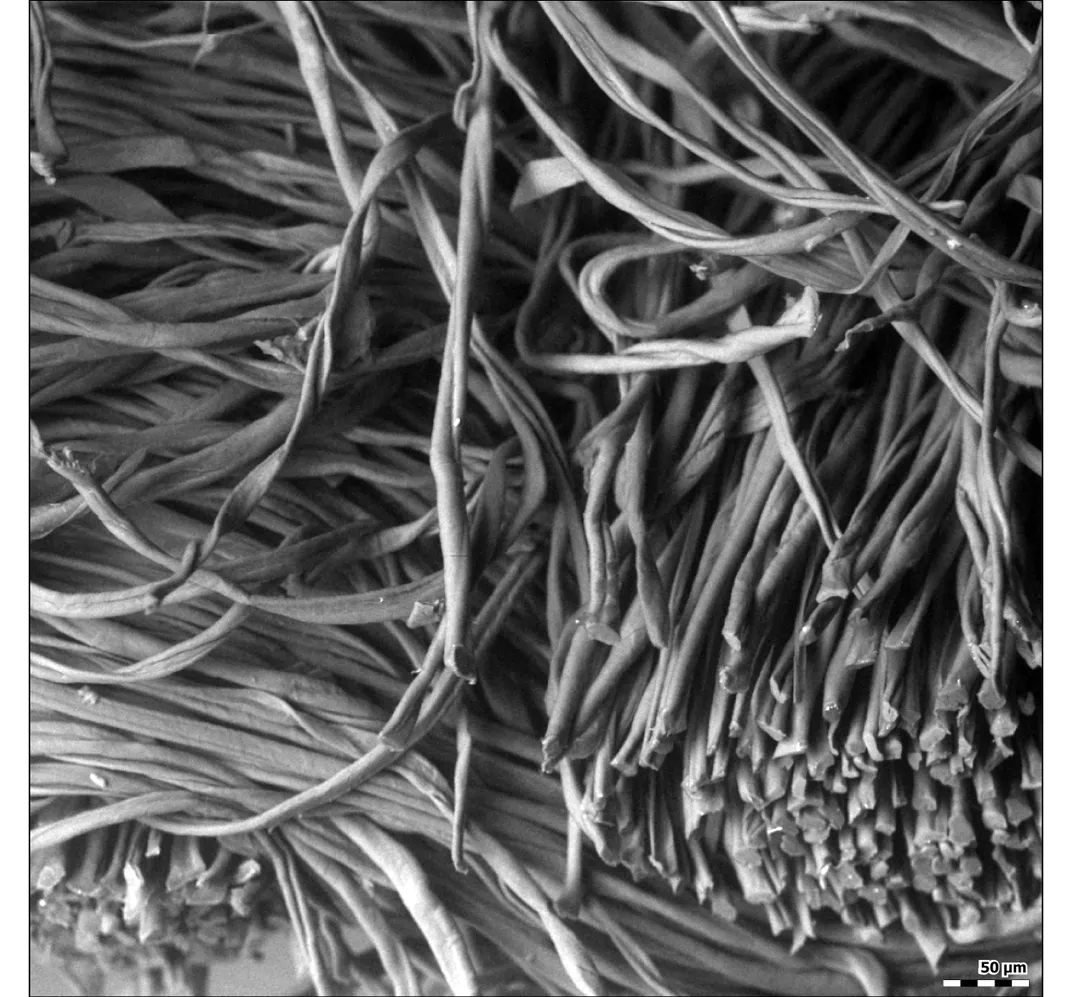
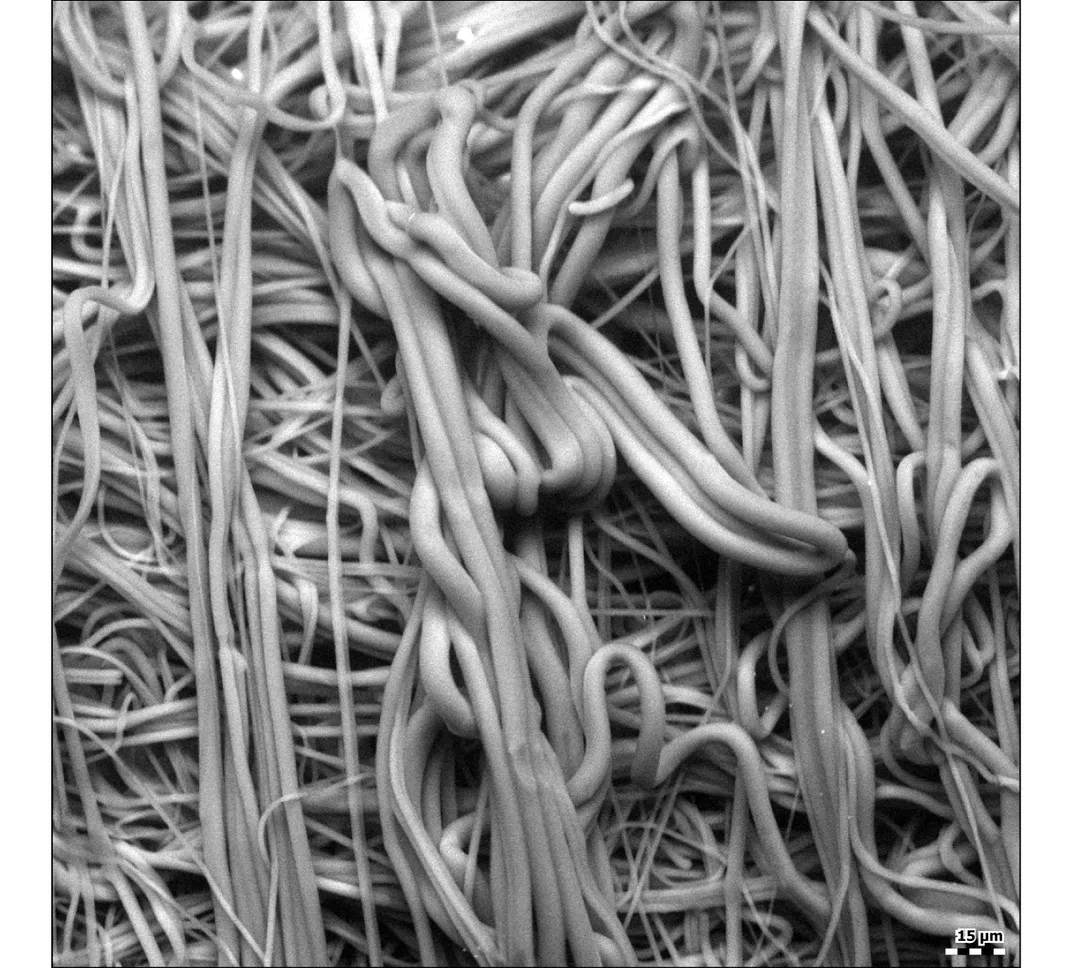
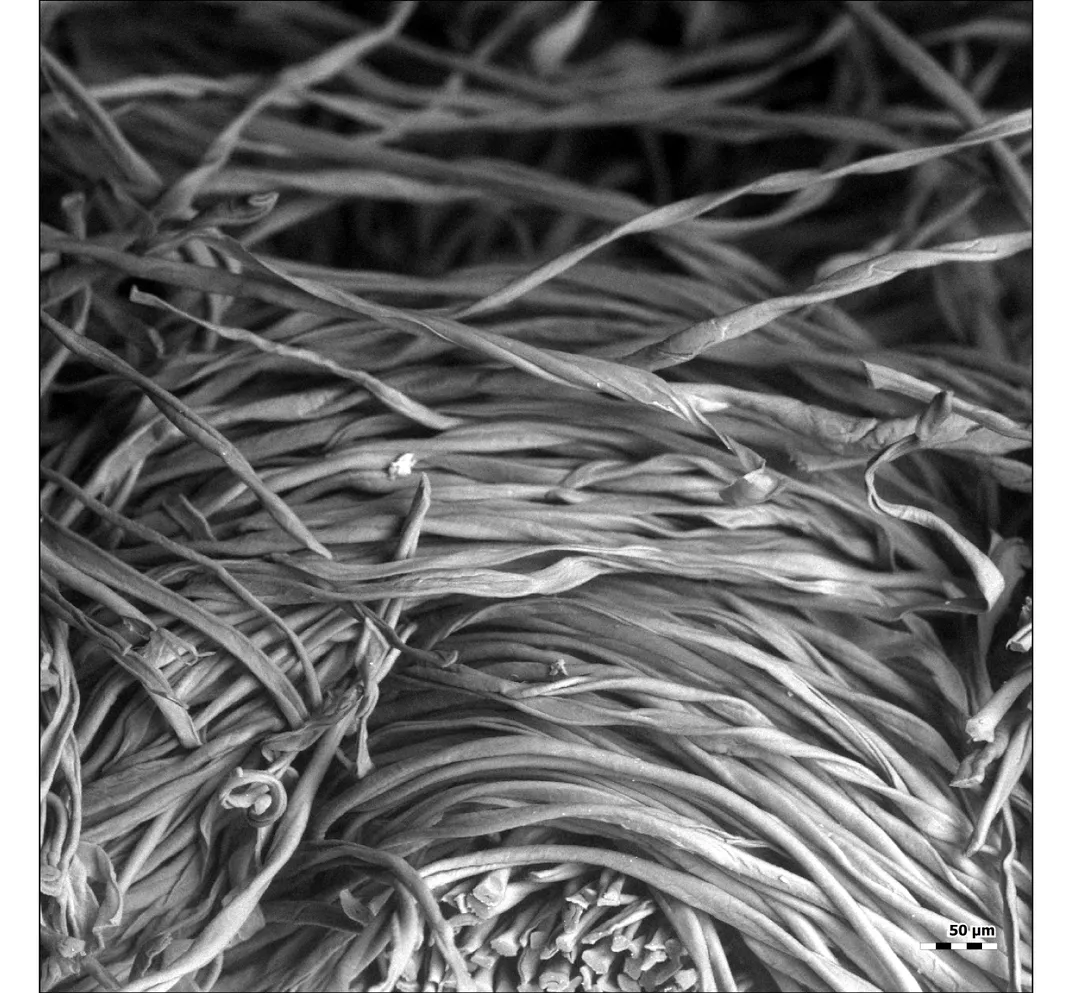
/https://tf-cmsv2-smithsonianmag-media.s3.amazonaws.com/accounts/headshot/nora.png)